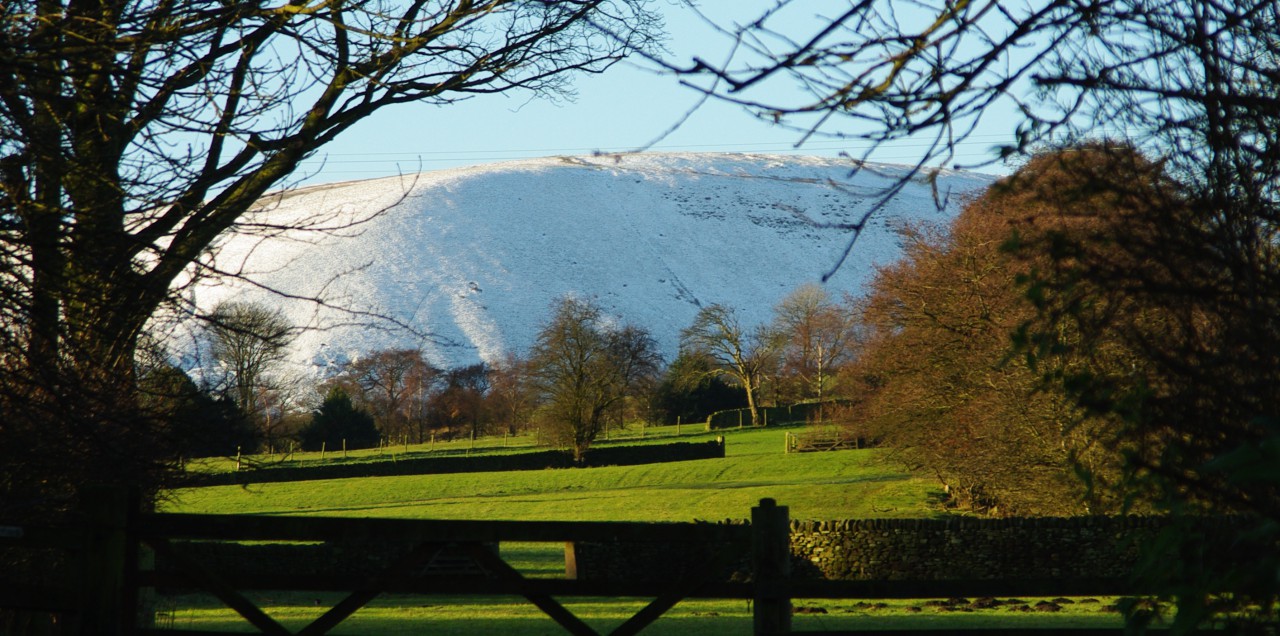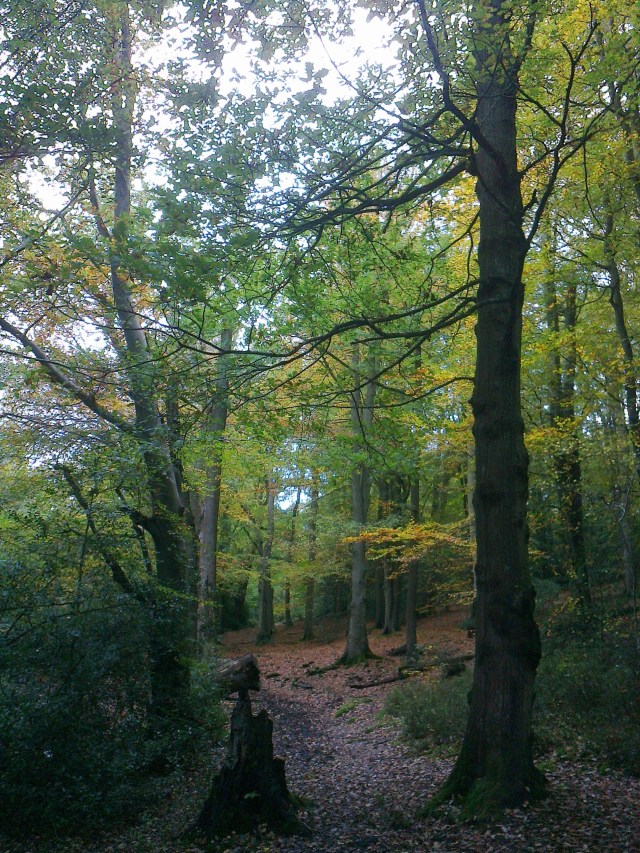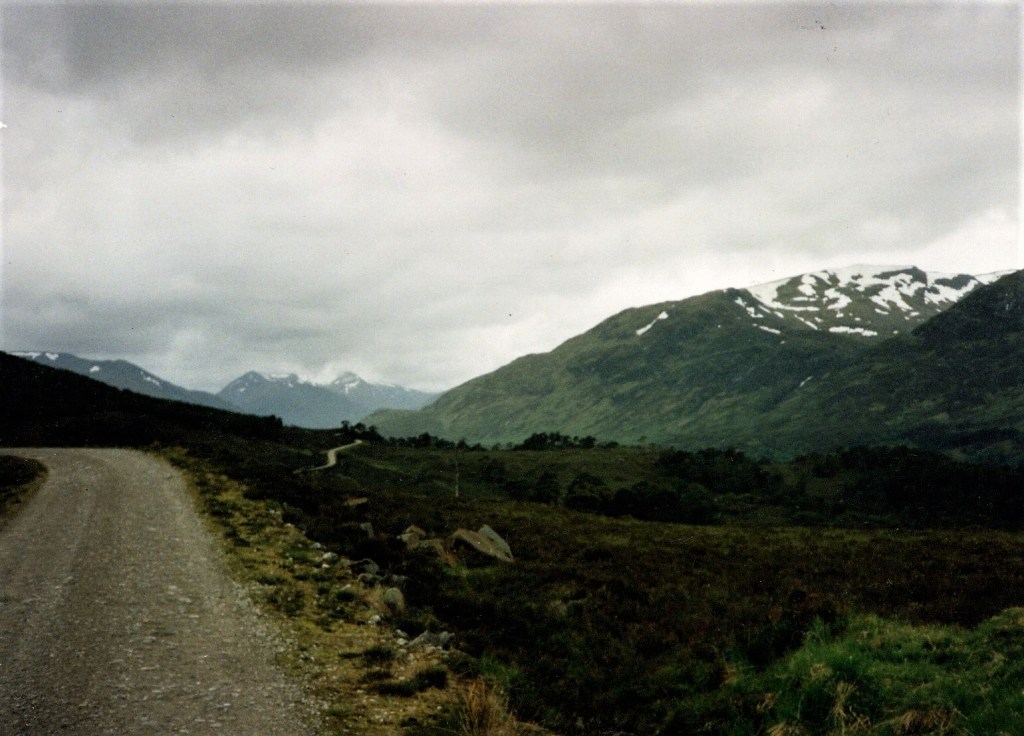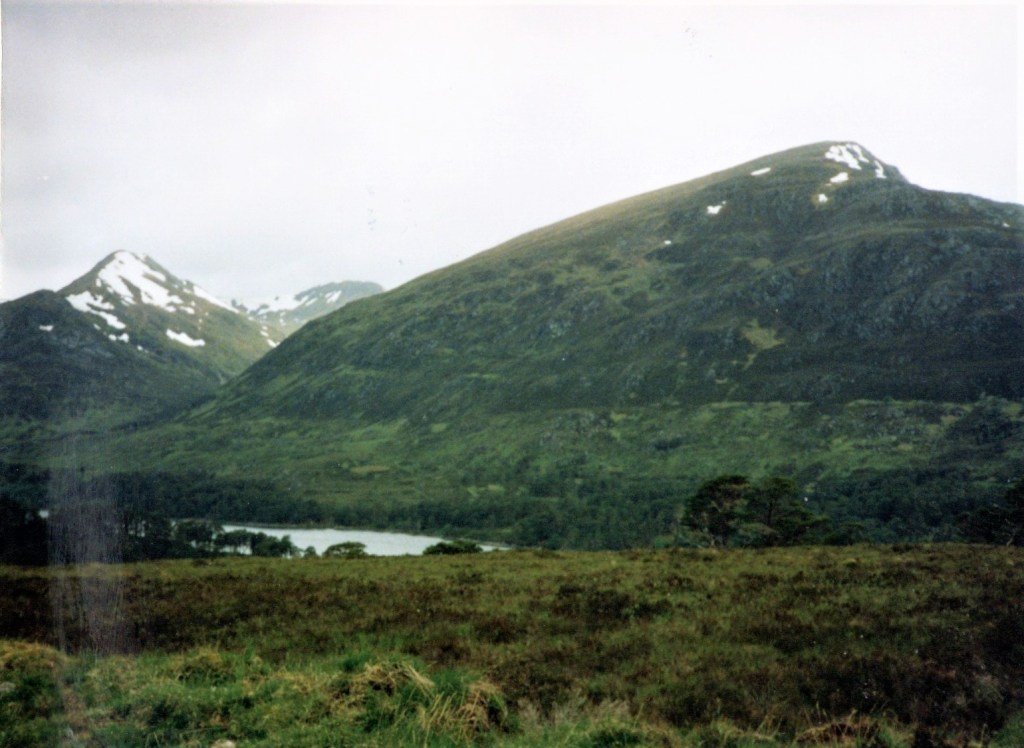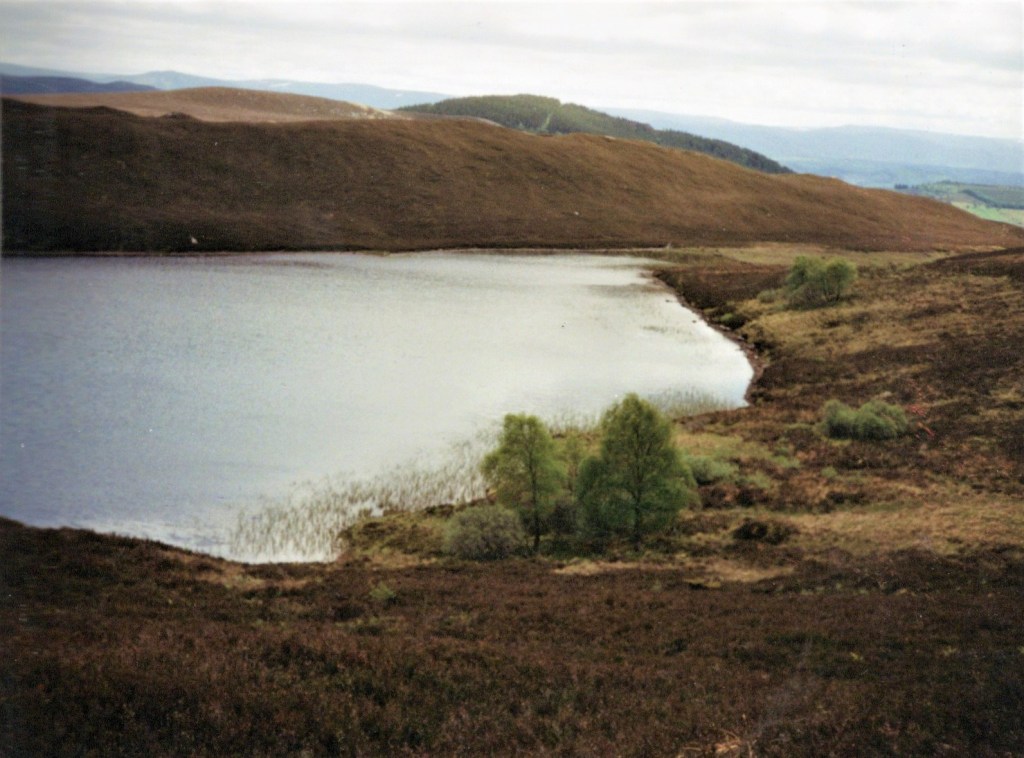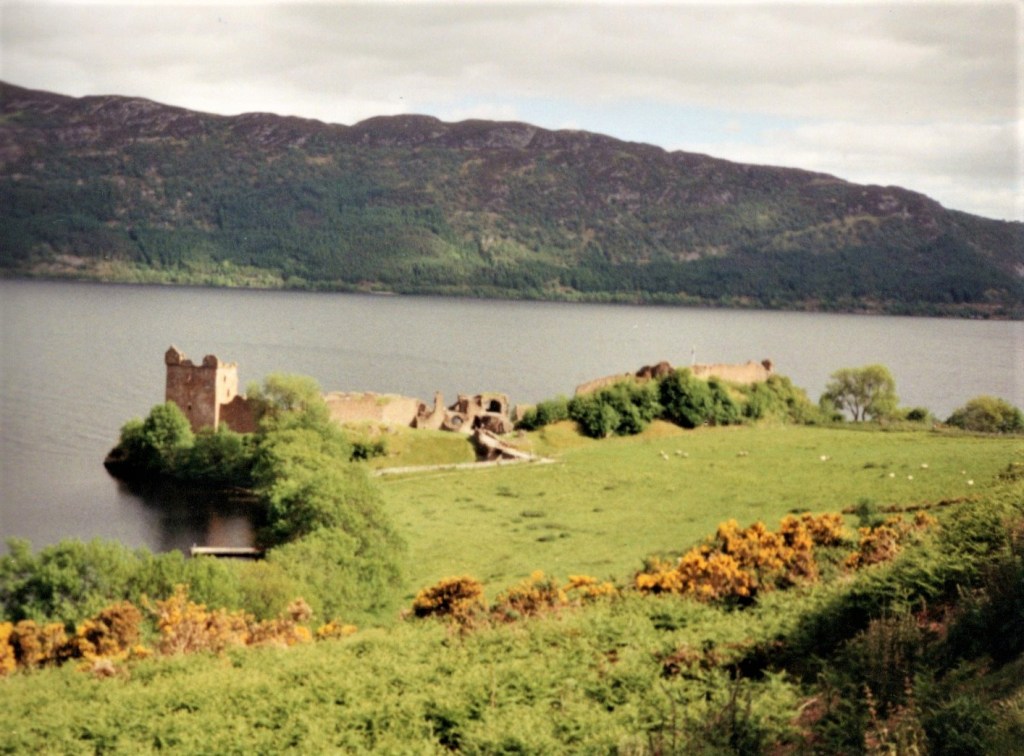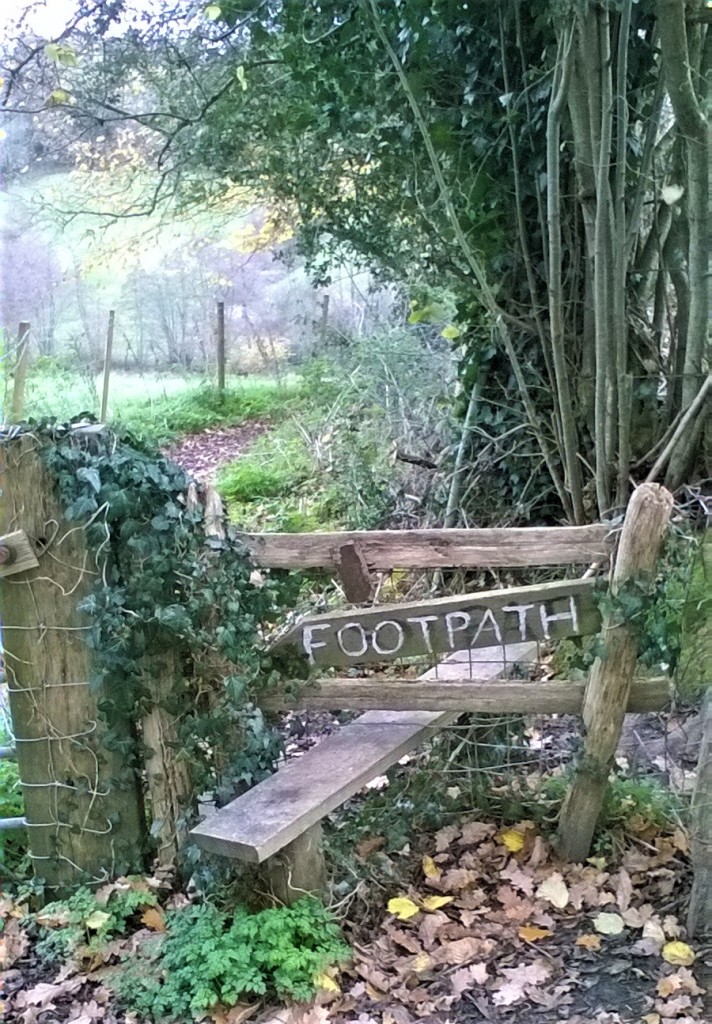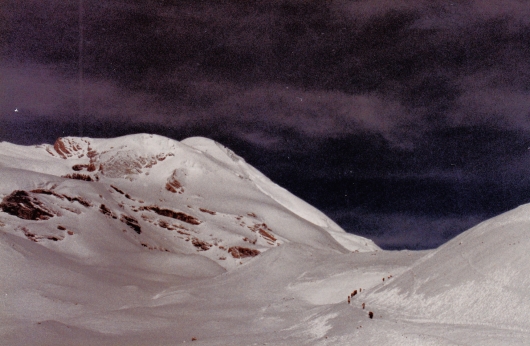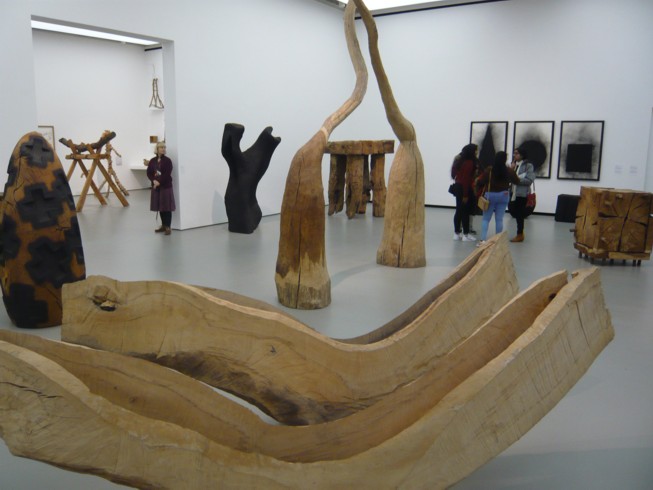One of the things that makes one comfortable in an environment is an understanding of its scale. Being able to intuit distances in an unfamiliar area and hence the time required to traverse them, and one’s general relationship with their surroundings. Yet landscapes do not always do this – the natural world is always ready to play tricks with your mind if you allow it to.
Even on the familiar and relatively tame tops of the South Downs there are times when, like a desert, the perspective can play havoc with your sense of scale. An open, rolling, landscape, occasionally with nothing nearby to give you an accurate idea of size or distance. I once saw what appeared to be a sizeable woodland ahead, and my subconscious suggested it should be a mile or two away. The fact it was not on my map was confusing and I wondered whether it had perhaps been cleared since the map had been printed. Had I gone wrong? I knew I hadn’t. Quickly, I neared it, much faster than seemed reasonable, and then it turned out to be a couple of wind-stunted trees surrounded by low gorse bushes. The whole could have been no more than twenty yards across at its widest, but from a distance it resembled a patch of mature woodland. This is where sheep come in handy. A couple of them near the ‘woodland’ would have immediately put everything into perspective.
Without the certainty of scale, we are overwhelmed by perspective. Our perceptions of distance and size are compromised.
We are okay in a rocky landscape, just so long as there is something to give us a sense of its scale – another person, trees, or perhaps a building. Without those, though, we are confused. This is why photographs from Mars, for example, appear so strange, despite their consisting of no more than rock in various guises. There is nothing to give us visual clues to the heights of the hills – or are they mountains? – or the distance to the horizon. We might be looking at a height of fifty feet or five hundred; a distance of half a mile or twenty miles.
On Earth, though, we do get some sense of scale from the atmosphere. In the photograph above, the hills fade into the distance due to the dust and moisture vapour in the atmosphere. Although without any vegetation or human activity in the picture, how easy is it to judge distances?
We are usually okay with sand dunes, at least in Britain. We think we have a good idea how large they are, because we are used to seeing them on the coast. Of course, we can still get caught out by some unusually large ones in places such as Cornwall, but usually there will be something to help with the perspective, even if it is only marram grass or a few tough little flowers. But now imagine you are dropped into the Namibian or Taklamakan deserts, where dunes may be several hundred feet tall. It just feels wrong and a little unsettling.
Anyone unfortunate enough to be caught in a whiteout – blizzard conditions where eventually all you can see is snow – will know perfectly well what I mean. After a while you begin to feel you cannot even be certain which way is up, and dare not take a single step for fear you may suddenly plunge over the edge of a ravine.
Navigating at night, or in a thick fog, affect one’s sense of scale, too. Distances almost invariably seem longer, at least in my experience. I suppose this is due to the extra care and effort involved, making it seem one has covered a much longer distance than one actually has. I’ve experienced this more than a few times on Dartmoor, for example, taking at least twice as long to cover a route than I would normally have done during good visibility.
Where am I going with all this? Difficult to tell, really. Not sure how far away the end is…
